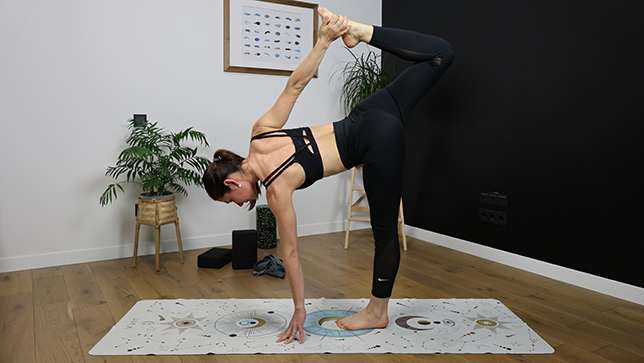
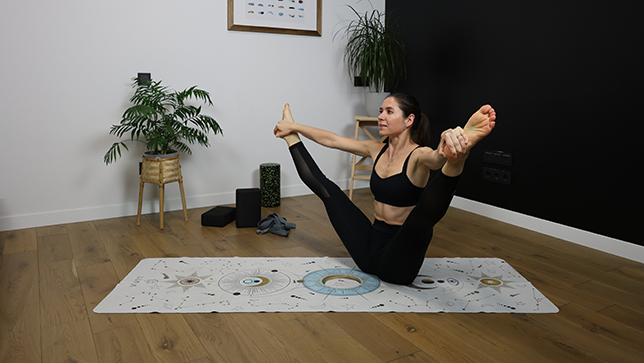
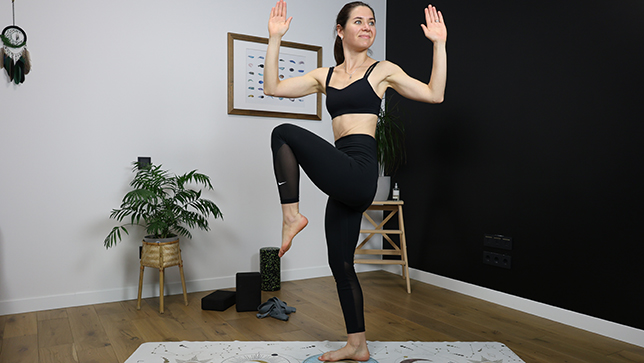
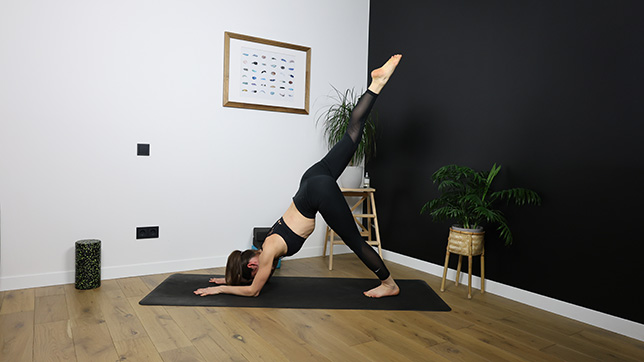

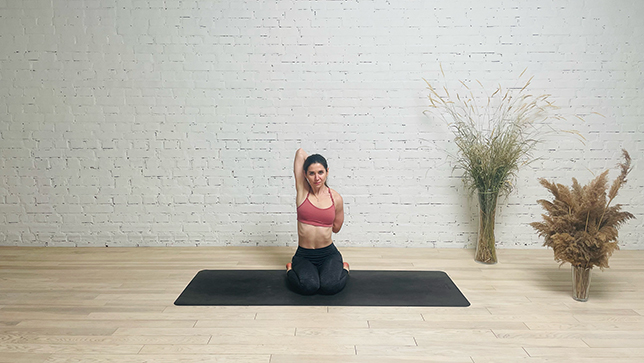
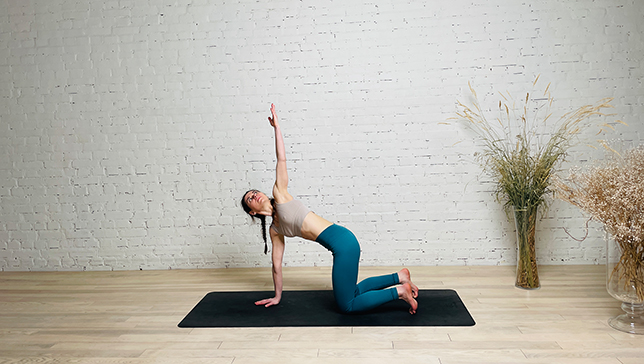
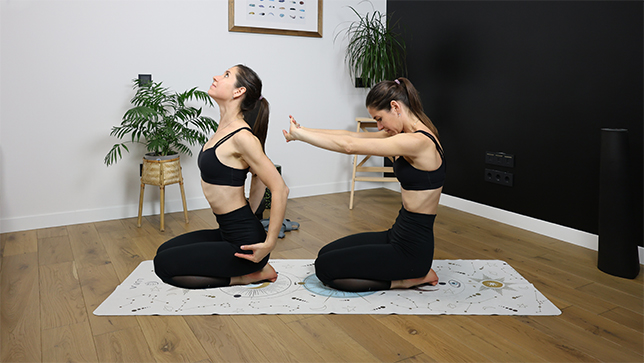

Chest-opening yoga poses, also known as heart-opening poses, are a group of yoga asanas that stretch and expand the chest, shoulders, and front body. These poses help to improve posture, increase lung capacity, and relieve tension in the chest and shoulders. They are also believed to stimulate the heart chakra, promoting feelings of openness, compassion, and emotional release. Here are some common chest-opening yoga poses:









We can classify chest-opening yoga poses according to the practitioner’s body position into the following categories:
Cobra Pose (Bhujangasana)
Sphinx Pose (Salamba Bhujangasana)
Locust Pose (Salabhasana)
Bow Pose (Dhanurasana)
Bridge Pose (Setu Bandha Sarvangasana)
Wheel Pose (Chakrasana)
Reclining Bound Angle Pose (Supta Baddha Konasana)
Fish Pose (Matsyasana)
Seated Chest Opening Poses: In these poses, the practitioner is seated on the mat, and the chest is opened while maintaining an upright posture.
Seated Forward Bend (Paschimottanasana)
Seated Twist (Ardha Matsyendrasana)
Warrior I (Virabhadrasana I)
Warrior II (Virabhadrasana II)
Reverse Warrior (Viparita Virabhadrasana)
Camel Pose (Ustrasana)
Shoulder Stand (Salamba Sarvangasana)
Headstand (Salamba Sirsasana)
Supported Bridge Pose (Setu Bandha Sarvangasana)
Supported Fish Pose (Matsyasana Variation with props)
Supported Reclining Bound Angle Pose (Supta Baddha Konasana with props)
Supported Child’s Pose (Balasana with props)
By classifying chest-opening yoga poses based on the practitioner’s body position, it becomes easier to create yoga sequences that flow smoothly and provide a balanced practice, incorporating different types of poses for a comprehensive chest-opening experience. Remember to practice these poses mindfully, listen to your body, and consider seeking guidance from a qualified yoga instructor if you are new to these postures or have specific health concerns.
Improve lung capacity and better breathing patterns.
Relief from tension and tightness in the chest, shoulders, and upper back.
Enhance circulation and blood flow to the heart and lungs.
Increase flexibility and mobility in the chest and shoulder region.
Energetic benefits, such as an expanded heart center and a sense of openness.
Neck or Spinal Injuries
Shoulder Issues
High Blood Pressure
Osteoporosis
Recent Abdominal Surgery
Glaucoma
Psychological Concerns